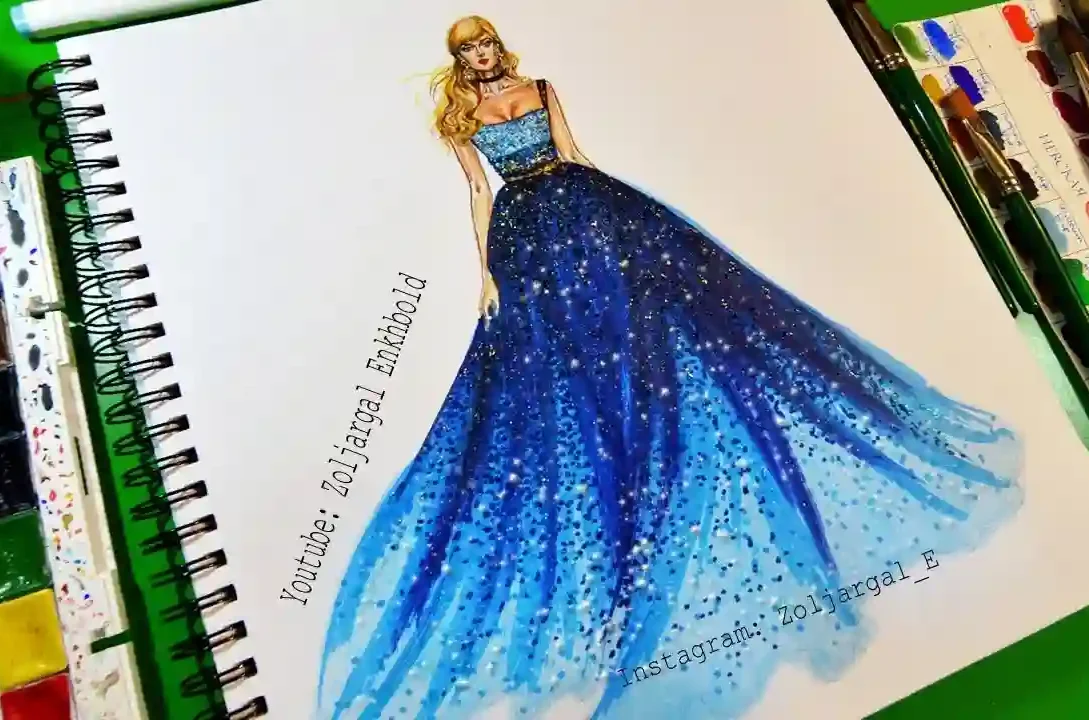Fashion and architecture, seemingly distinct disciplines, often intersect in the world of design. The architectural elements of balance, form, and structure find their way into the fashion industry, resulting in structured fashion concepts that are both visually captivating and structurally sound. In this article, we’ll explore the fascinating relationship between fashion and architecture, and how designers draw inspiration from the built environment to create garments that are true works of art.
1. The Foundations of Fashion and Architecture:
Fashion and architecture share a common foundation in design principles. Both fields rely on balance, proportion, and aesthetics to create visually pleasing and functional creations. Architects design buildings to be structurally sound while also considering their visual impact. Similarly, fashion designers craft garments that not only fit well but also make a statement through their design.
2. Form and Structure:
Architectural forms often serve as a source of inspiration for fashion designers. Elements such as arches, columns, and geometric shapes find their way into clothing designs. The use of structured forms can create unique and eye-catching silhouettes, turning garments into wearable sculptures.
3. Material Selection:
Just as architects carefully choose building materials, fashion designers select fabrics that align with their creative vision. The texture, weight, and drape of fabrics play a crucial role in achieving the desired structural effect in fashion. For example, structured fabrics like leather, neoprene, or heavy wool can be used to create tailored and architectural looks.
4. Minimalism and Clean Lines:
Minimalism is a design approach that both architecture and fashion have embraced. Minimalist architecture emphasizes clean lines, simplicity, and a focus on function. Fashion designers draw inspiration from this aesthetic, creating garments with clean lines, uncluttered designs, and a sense of modern elegance.
5. Innovative Construction Techniques:
Architectural techniques often inspire innovative construction methods in fashion. Designers experiment with techniques like draping, folding, and pleating to create three-dimensional structures within their garments. This results in pieces that are both visually striking and structurally intriguing.
6. Influential Architects in Fashion:
Some fashion designers draw direct inspiration from renowned architects. For example, the works of architects like Zaha Hadid or Frank Gehry, known for their avant-garde and unconventional designs, have influenced fashion designers to create garments that challenge traditional norms and push boundaries.
7. Avant-Garde Fashion:
Avant-garde fashion often blurs the lines between clothing and art, embracing architectural elements to create dramatic and thought-provoking pieces. These designs may feature exaggerated shapes, unconventional materials, and sculptural elements that challenge conventional notions of wearability.
8. Structural Details:
Architectural details such as pleats, folds, and origami-inspired designs are frequently incorporated into fashion. These details add depth and dimension to garments, creating visually stunning effects that mimic architectural intricacies.
9. Structural Garments:
Some designers take the concept of structural fashion to the extreme by creating garments that defy gravity and conventional shape. These garments may incorporate structural elements like scaffolding or wire frames, resulting in wearable sculptures that are both awe-inspiring and unconventional.
10. Haute Couture and Architectural Fashion:
Haute couture, with its emphasis on craftsmanship and attention to detail, often intersects with architectural fashion concepts. Couturiers meticulously construct garments that are akin to works of art, utilizing structural elements to create garments that are not only visually striking but also meticulously tailored to the wearer’s body.
11. Sustainable Architecture and Fashion:
Sustainability is a growing concern in both architecture and fashion. Designers draw inspiration from sustainable architectural practices to create eco-friendly fashion. This includes using recycled materials, embracing modular design, and exploring energy-efficient construction techniques in garment production.
12. Fashion Runways as Architectural Stages:
Fashion shows often take place in architecturally significant venues, blurring the lines between the two disciplines. The choice of venue can influence the overall aesthetic of a fashion show, with designers leveraging the architectural elements of the space to enhance the presentation of their collections.
13. Iconic Architectural Fashion Pieces:
Certain fashion pieces have become iconic for their architectural design. The little black dress by Coco Chanel, known for its clean lines and timeless elegance, is a prime example of how architectural principles can be applied to fashion. Its simplicity and structural details have made it a classic wardrobe staple.
14. Collaborations between Architects and Fashion Designers:
Collaborations between architects and fashion designers have resulted in groundbreaking creations that merge the two disciplines. These collaborations push the boundaries of design, resulting in garments that are not only functional but also thought-provoking works of art.
15. The Future of Architectural Fashion:
The relationship between fashion and architecture continues to evolve, with designers and architects pushing the boundaries of creativity and innovation. The fusion of these two disciplines promises exciting possibilities for the future, where structured fashion concepts become a platform for self-expression, creativity, and artistry.
In conclusion, the world of fashion draws deep inspiration from the world of architecture, resulting in structured fashion concepts that are both visually stunning and artistically profound. The interplay between form, structure, materials, and innovative techniques allows designers to create garments that transcend the realm of clothing and become wearable art. As fashion continues to evolve, the influence of architecture will undoubtedly remain a powerful source of inspiration, shaping the aesthetics and narratives of the clothing we wear.




